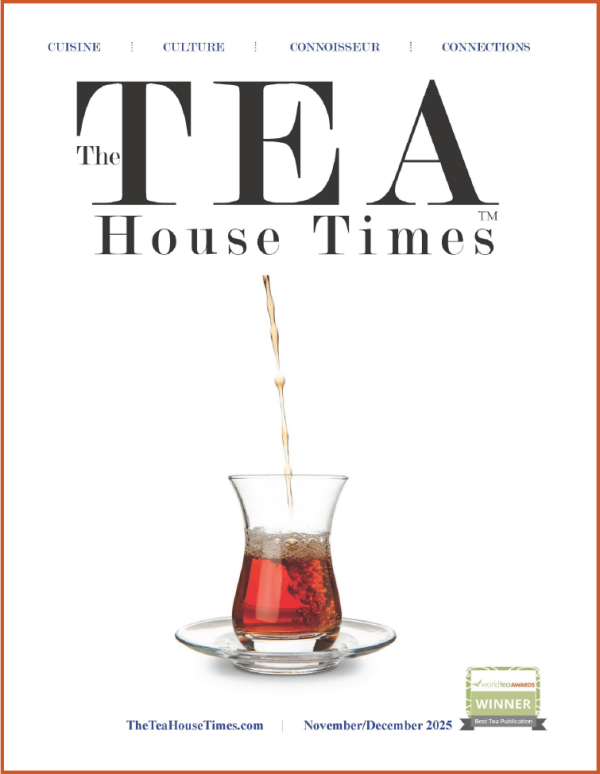

 by TEA ADMIN, Website Admin
by TEA ADMIN, Website Admin
The traditional Chinese tea-making techniques were successfully included in the UNESCO Representative List of Intangible Cultural Heritage of Humanity, which includes the Yuhua Tea Technique, Biluochun Tea Technique and Fuchun Tea Dessert Technique from Jiangsu. These three techniques come from Suzhou, Nanjing and Yangzhou respectively. Through the rich charm of Chinese tea, people may feel the profound history and culture and urban character, according to Jiangsu Provincial Department of Culture and Tourism.
During the Three Kingdoms period, Sun Quan established his capital Jianye (now Nanjing City). Since then, Buddhism was prevalent here. Master Yunguang, an eminent monk, set up an altar here to preach scriptures. The flowers here fell like rain, hence the name Yuhuatai. Its features such as green color and pekoe are well-known at home and abroad, and it has become a famous city symbol of Nanjing.
About an hour's train journey east from Nanjing, Suzhou, another historical and cultural city, is here. During the early spring tea picking season, Lake Taihu is shrouded in mist, and the humid air is filled with bursts of fragrance. Biluochun, known as "Touch Buddha's heart", is a finished green tea. Produced in Dongting Mountain, it is one of the top ten teas in China. After being made into tea, Biluochun is beautiful in shape, bright in color, rich in fragrance and mellow in taste.
Going north along the canal and crossing the Yangtze River is Yangzhou. Yangzhou is famous for its slow life and morning tea. Fuchun is a well-known restaurant in China. What makes diners flock to it is Fuchun tea. Cuisines need to be served with a cup of Kuilongzhu tea. Fuchun is very good at tea matching. The tea leaves are blended with famous teas from Jiangsu, Zhejiang, and Anhui provinces, and soaked in Yangtze River water.
Japanese tea culture absorbs and integrates the culture and techniques of Chinese tea, forming a tea culture with Japanese aesthetic characteristics. The Chinese elements have also become important for researchers to understand and restore ancient tea ceremony. A cup of tea embodies the commonality of aesthetic sentiments and the integration of history and culture between the two countries.
- - -
Click for more eNews + Blog Archives
© All content + images copyright of news/blog providers.
- - -
NOTE: The inclusion of news or advertising in The Tea House Times publication, on our website, or in our online eNews does not constitute endorsement.
- - -
POSTS SPONSORED/PUBLISHED BY TheTeaHouseTimes.com
Weekly eNews is circulated via email. Join list at top of home page.
The Tea House Times is published 6x per year in print & digitally.
INFO - SINGLE ISSUES | SUBSCRIBE | ADVERTISE | CONTACT
SOCIAL MEDIA - Follow us @teahousetimes
EDUCATION OPTIONS-
TeaCourse.com | TeaEtiquetteCertified.com | TeaCourseFastTrack.com
ONLINE TRADE SHOW - TeaTradeShow.com
SHARE THIS↓



